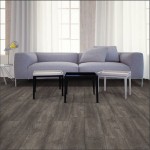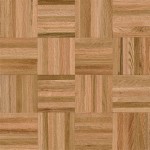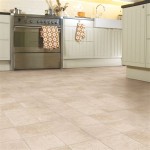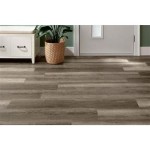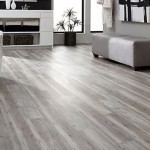Hydronic Radiant Flooring Systems: An In-Depth Guide
Hydronic radiant flooring systems offer a highly efficient and comfortable way to heat your home. These systems circulate warm water through a network of pipes embedded in the floor to provide gentle and even heat throughout the space.
How Hydronic Radiant Flooring Systems Work
Hydronic radiant flooring systems consist of three main components: the boiler, the piping network, and the flooring materials. The boiler heats water, which is then pumped through the piping network. The pipes are installed underneath the flooring materials, transferring heat to the surface. The heated flooring materials then radiate the heat evenly throughout the room.
Benefits of Hydronic Radiant Flooring Systems
Hydronic radiant flooring systems offer numerous benefits over traditional heating systems:
- Energy Efficiency: Radiant flooring systems operate at lower temperatures than conventional systems, reducing energy consumption.
- Comfort: Radiant flooring provides a gentle, uniform heat that radiates upwards, eliminating cold spots and drafts.
- Improved Air Quality: Unlike forced-air systems, radiant flooring does not circulate allergens or dust, improving indoor air quality.
- Design Flexibility: Radiant flooring can be installed under various flooring materials, including tile, hardwood, and carpet.
- Increased Home Value: Hydronic radiant flooring systems are a valuable addition to any home, increasing its value and appeal.
Types of Hydronic Radiant Flooring Systems
There are two main types of hydronic radiant flooring systems:
- Wet Systems: In wet systems, the pipes are embedded directly into the floor slab or subfloor.
- Dry Systems: Dry systems use pre-formed panels or mats that contain the piping network, which are then installed on top of the subfloor.
Choosing a Hydronic Radiant Flooring System
When choosing a hydronic radiant flooring system, consider the following factors:
- Climate: The severity of the climate will determine the size and capacity of the system required.
- Floor Type: The type of flooring material used will affect the heat transfer efficiency.
- Budget: Hydronic radiant flooring systems can be more expensive to install than traditional systems.
- Contractor Experience: Choose a contractor with experience in designing and installing hydronic radiant flooring systems.
Maintenance and Troubleshooting
Hydronic radiant flooring systems require minimal maintenance. Regular flushing and bleeding of the system is recommended to prevent air pockets. If any issues arise, such as uneven heating or leaks, contact a qualified contractor promptly.
Conclusion
Hydronic radiant flooring systems are an excellent choice for homeowners seeking energy efficiency, comfort, and improved indoor air quality. By understanding the essential aspects of these systems, you can make an informed decision and enjoy the benefits of radiant warmth in your home.

Radiant Heating Department Of Energy

Hydronic Radiant Floor Heating Fine Homebuilding

Hydronic Radiant Floor Heating Panels Systems

4 Reasons Hydronic Radiant Heating Promotes Sustaility And Indoor Environmental Quality 2024 11 04 Plumbing Mechanical

Radiant Floor Heating 101 Hydronic Vs Electric Williams Plumbing

All About Radiant Floors Greenbuildingadvisor

Hydronic Heated Floors Radiant Floor Heating Systems Warmzone

How Hydronic Radiant Floor Heating Works Diy Family Handyman

Hydronic Heated Floors Radiant Floor Heating Systems Warmzone

Average Radiant Floor Heating Cost In 2024 Forbes Home
Related Posts


